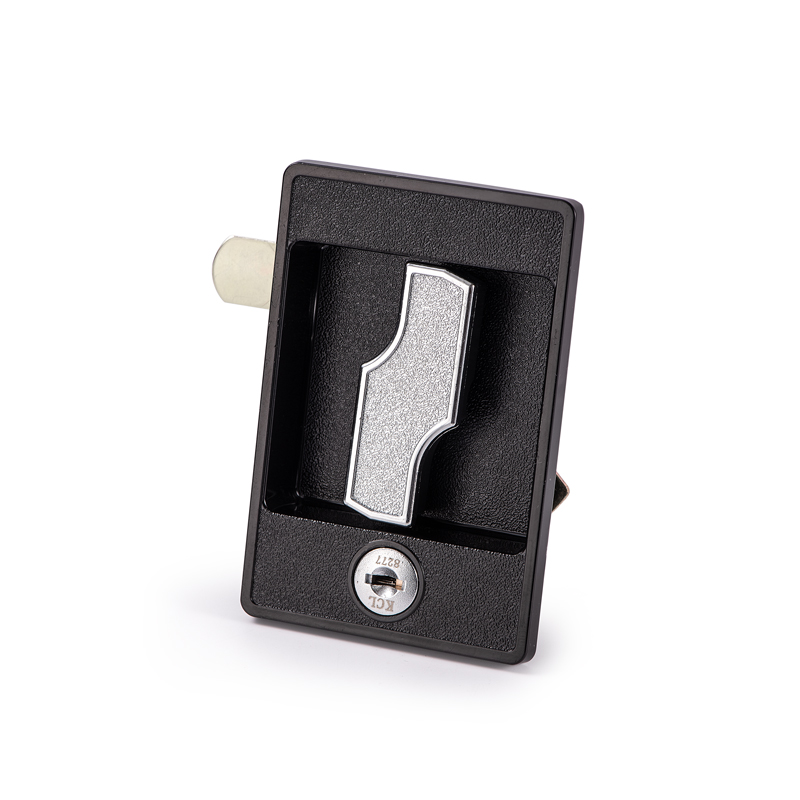To prevent unauthorized access to compact shelving units, several security features can be integrated into the lock systems. These features may vary based on the specific needs and requirements of the organization, but some common security features to consider include:
1.Keyed Access Control:
Keyed access control is a traditional yet effective method for restricting access to compact shelving units.
Authorized personnel are issued physical keys that match specific locks, ensuring that only individuals with the corresponding keys can open the units.
To maintain security, strict key control policies should be in place to prevent key duplication or loss.
2.Electronic Access Control:
Electronic locks offer a more advanced level of security by utilizing digital authentication methods.
Users typically input a personal identification number (PIN), swipe an access card, or use biometric data like fingerprints to gain access.
These systems provide user accountability and can be quickly reconfigured to add or revoke access privileges.
3.Audit Trails:
Audit trail functionality records access events, capturing data such as who accessed the shelving unit, the date, and the time of access.
This feature is invaluable for monitoring and investigations, aiding in the detection of unauthorized access or suspicious activities.
Detailed records can be accessed for compliance purposes or security analysis.
4.Time-Based Access:
Time-based restrictions limit access to specific hours or days, reducing the risk of unauthorized access during non-operational periods.
Administrators can configure the lock system to automatically deny access outside predefined timeframes.
5.Remote Locking and Monitoring:
Locks with remote capabilities enable centralized control over access permissions and monitoring.
Authorized personnel can remotely lock or unlock shelving units, which is particularly useful for responding to security incidents or emergencies.
Real-time monitoring provides alerts and notifications of unusual access patterns or breaches.
6.Tamper Detection:
Tamper detection mechanisms are designed to detect and respond to unauthorized tampering with the lock or the shelving unit itself.
These mechanisms can trigger alarms, initiate lockouts, or alert security personnel when tampering is detected, preventing breaches.
7.Dual Authentication:
Dual authentication combines multiple methods, such as access cards and PINs, to strengthen security.
Users are required to provide two forms of identification, reducing the likelihood of unauthorized access through stolen or lost access credentials.
8.User Access Levels:
User access levels assign varying levels of permissions based on roles and responsibilities.
For instance, employees may have access to specific sections or items within the shelving unit based on their authorization level.
Granular control ensures that only authorized personnel access sensitive materials.
9.Emergency Override:
Emergency override functionality allows designated personnel to bypass standard access controls in urgent situations, such as fire emergencies or security breaches.
This feature ensures that authorized individuals can quickly access critical items when needed.
10.Security Enclosures:
Secure enclosures or cages can be installed around the compact shelving units to physically restrict access.
These enclosures provide an additional layer of security, preventing unauthorized entry to the shelving area.
11.Integration with Building Security:
Integrating the shelving unit lock system with the overall building security infrastructure ensures a cohesive security strategy.
It enables centralized monitoring, coordination, and reporting of security incidents.
12.Regular Maintenance:
Regular maintenance schedules should be established to inspect and service the lock system.
Ensuring locks are in optimal working condition minimizes the risk of malfunctions that could lead to security vulnerabilities.


Material: Zinc alloy shell, lock cylinder, knob, carbon steel lock piece.
Surface treatment: Shell black electrophoresis, lock cylinder chrome-plated (according to customer requirements).
Structure description: The key rotates 180° to control the opening and closing of the lock plate, and the lock plate rotates 45° to realize the opening function.


 English
English 中文简体
中文简体
















